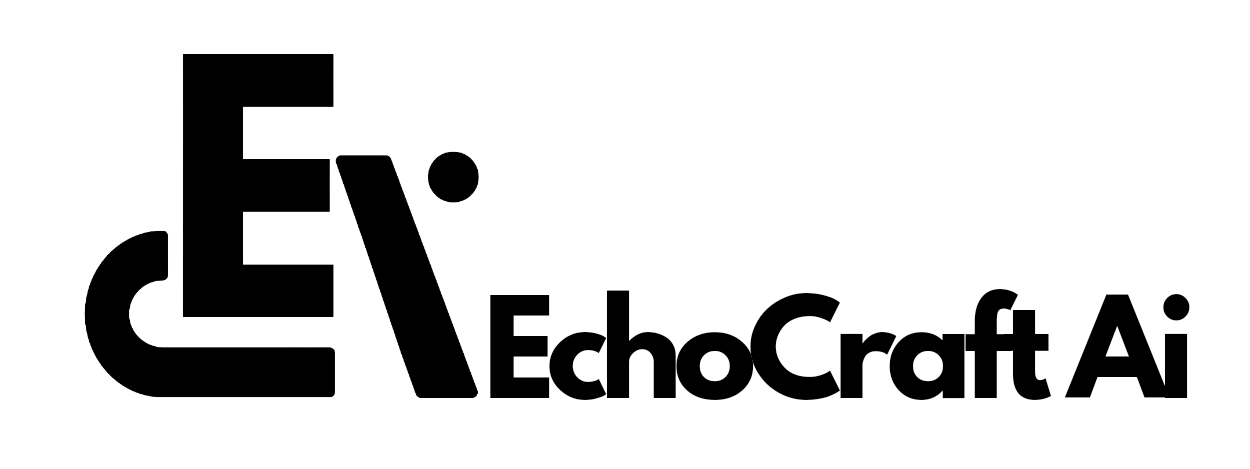YouTube is enhancing its Shorts platform with the integration of Google’s Veo 2, an advanced AI video generation model developed by DeepMind.
This update expands the capabilities of Dream Screen, allowing creators to generate fully AI-generated standalone videos rather than just AI-assisted backgrounds.
AI-Powered Video Generation for Creators
With Veo 2, users can describe a scene in text, and the AI model will generate a corresponding video clip.
YouTube presents this tool as a way to simplify content creation, particularly for footage that may be difficult to capture manually. The update aims to make AI-assisted video production more accessible, blending automation with creative input.
Veo 2, introduced in December 2024, builds on its predecessor with improvements in video realism and detail.
It is trained to recognize cinematographic elements such as camera angles, lens effects, and genre-specific aesthetics. These enhancements enable creators to generate professional-looking clips with minimal effort.
How the Feature Works
Creators can access the new functionality within the Shorts camera by selecting the “Create” option in the media picker.
A text field allows them to enter prompts, choose a style, and generate videos of varying lengths. The goal is to streamline video production while offering more creative flexibility.
Currently, the feature is available in Australia, Canada, New Zealand, and the US, with plans for broader expansion.
Cinematic Video Generation Capabilities
Veo 2 introduces advanced cinematic features that allow users to specify shot types, including:
- Low-angle tracking shots for dramatic effects
- Close-ups with shallow depth of field to enhance subject focus
- Camera pans and zooms for added motion and immersion
For example, a user could request an 18mm wide-angle lens effect or a slow-motion syrup pour over pancakes, and Veo 2 would generate the scene with precise visual aesthetics.
Veo 2 vs. Other AI Video Models
Google’s Veo 2 is positioned as a competitor to AI video generation models such as OpenAI’s Sora and RunwayML.
It is designed to improve upon challenges faced by earlier models, particularly in rendering realistic movement and physics. According to blind human evaluations, Veo 2 delivers high-quality results, demonstrating advancements in realism and cinematographic precision.
User Experience and Workflow in the YouTube App
Veo 2’s integration into YouTube Shorts follows a simple process:
- Tap the “Create” button (plus icon)
- Select “Create a new video”
- Enter a text prompt (e.g., “a dog surfing on a pink flamingo float”)
- Choose a style (cartoon, realistic, cinematic)
- Generate the video (takes 15-60 seconds)
- Adjust motion/effects as needed
- Publish to YouTube Shorts with an automatic SynthID watermark
This built-in AI tool eliminates the need for specialized editing software, making high-quality video production more accessible.
AI Transparency
To address concerns about AI-generated content, YouTube is implementing safeguards, including SynthID watermarks on all AI-created videos. T
his measure is designed to enhance transparency and prevent potential misuse. YouTube’s approach aligns with broader efforts to promote responsible AI usage in content creation.
Currently, Veo 2’s integration with Shorts is available in select regions, with future expansion planned.

